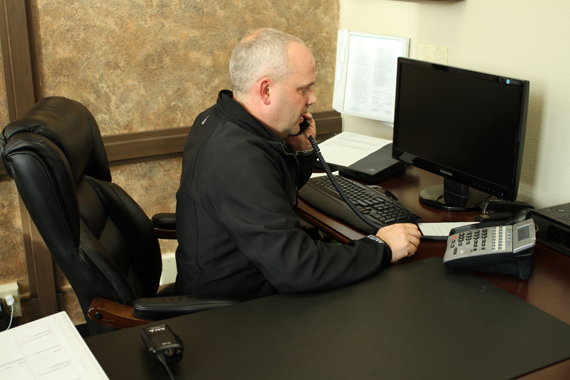I just returned from a seven-day vacation in Mexico. Most of my time was spent in a remote area with no telephone or Internet access. A doctor from Indiana had to perform an emergency surgical procedure on a local man’s eye to prevent him from losing it, as the nearest medical care was an hour and a half away. Though the wound would not have posed a major threat in most regions of the United States, the physician was pretty sure the man would lose the eye if he did not act promptly. Using a paper clip, a safety pin and a pair of nail clippers, he worked expertly to remove a sliver of a thorn from the man’s eyeball. I was deeply impressed and also grateful that I have medical jet evacuation insurance due to the number of trips our analysts take to places like Rwanda, the Congo, Honduras, Vietnam and Bolivia. In some areas, you can quickly die from things that would rarely be life-threatening in the United States.
Though the level of violence in Yucatan Peninsula is far lower than in places like Ciudad Juarez, passing through a checkpoint with four of five police officers or soldiers armed with M-4 rifles, tactical shotguns and Uzi submachine guns is not an unusual occurrence in the region.
These dramatic societal differences also demonstrate school safety challenges that would be rather unique for schools in most parts of the United States. Contrary to popular belief, there are more than periodic problems with school violence, fires, natural disasters, abductions of students, substance abuse issues, student discipline and other school safety issues in other countries. In spite of the death penalty for possession of firearms or ammunition, there have been a number of school shootings in the People’s Republic of China over the past decade and more than 20,000 students have died at school in natural disasters in other countries in the past two decades.
Though we often focus on school safety issues in our own country and our primary issues are sometimes different from those in other regions, there are sometimes more similarities than differences when it comes to the need for school safety strategies and effective emergency preparedness measures in schools anywhere in the world. I have never visited any country where incidents involving serious injury and death from school crisis situations have not taken place. School safety truly is a global concern anywhere you venture.
